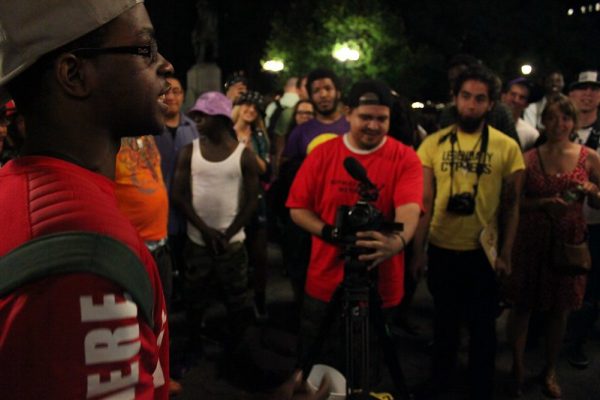
During the Covid-19 pandemic, families are especially reliant on prior wealth (savings, home equity, other assets) to deal with potential changes in income and health. But the racial wealth gap is extreme, with Black Americans holding only 2.6% of wealth in the United States. Disparities in wealth, a household’s assets minus its debts, are a key source of generational inequality. Wealth disparities are greater between Black and White households, and in a recent article, Christine Percheski and Christina Gibson-Davis find that racial wealth inequality is even greater for a key group: families with children.
Percheski and Gibson-Davis examine nationally-representative data collected by the Federal Reserve. The Survey of Consumer Finances took place every three years between 2004 and 2016. This data set indicates that the gap between Black and White households with children (child households) is bigger than the gap between general Black and White households at every level of wealth; although both gaps are quite large. In 2016, the median Black child household had only one cent in wealth for every dollar that the median White child household held. This means $294 in wealth for the median Black child household and $47,250 for the median White child household.
In dollars the disparity is most dramatic when comparing the wealthiest households. For example, Black child families in the 90th percentile hold $69,773 in wealth as compared to $565,700 for White child families at the same percentile. But the biggest relative gaps (the smallest ratio of wealth between Black and White child families) are at the bottom of the wealth spectrum. Black-White differences in wealth have grown since 2004, and they have grown more quickly for households with children.
Wealth differences are not primarily a story of jobs. Income differences between Black and White families with children have not changed since 2004. Since 2004, Black families with children have seen a decline in home ownership and home equity levels and an increase in educational debt. These changes hit Black families more than White and Hispanic families, and by 2016, Hispanic child households had greater wealth than Black child families. This research indicates that the recovery from the 2008 recession was especially limited for Black families with children, which makes these families particularly vulnerable to economic disruptions due to the Covid-19 pandemic.








